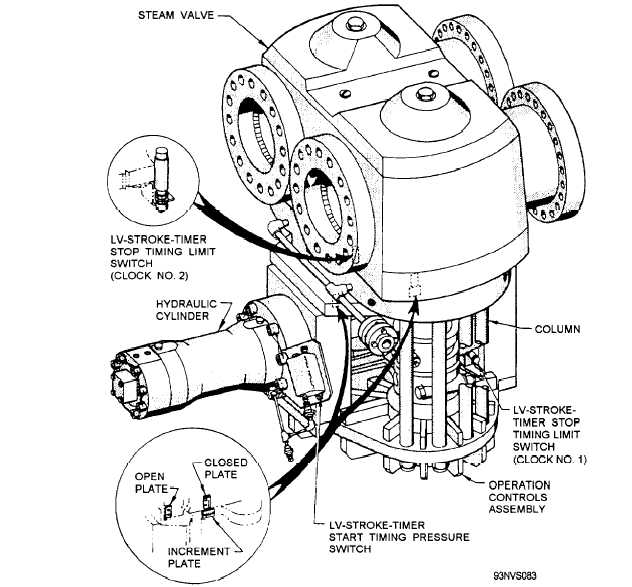Figure 4-21.—Launching valve assembly (rotary).
movement needed for opening and closing the steam
valve. Vertical movement of the plugs is obtained by
the action of the lift nuts. Each lift nut has a steep angle
thread that mates on each steam valve plug shaft. Each
lift nut is connected to the crosshead by a lifter lever
and a lifter link. Movement of the crosshead, which is
connected to the hydraulic cylinder piston rod, causes
the lift nuts to rotate and the plugs to move toward or
away from the steam valve body seats. Rotational
movement of the plugs is also obtained by movement
of the crosshead. Each plug shaft is connected to the
crosshead by a rotator lever and a rotator link. With the
steam valve in the CLOSED position, the plugs are
fully seated. When the crosshead starts to move to the
OPEN position, the lift nuts move the plugs downward,
and the links and levers begin to rotate. Due to the
geometrical arrangement of the levers, the plugs are
moved away from the body seats before rotation begins.
As the crosshead stroke approaches the FULL OPEN
position, the plugs move toward the valve body seats.
When the valve is fully opened, the plugs are not in
contact with the body seats, because of the unequal
lengths of the links, and the plugs and body parts are in
perfect alinement. As the crosshead moves to the
CLOSED position, the links and levers rotate the plugs
upward to seat the plugs against the seats.
Variations in the launching valve stroke rates may
seriously affect catapult performance. The launching
valve stroke timers provide a means of detecting
differences in the launching valve stroke. Switches
located on the launching valve assembly (fig. 4-21) are
4-19

